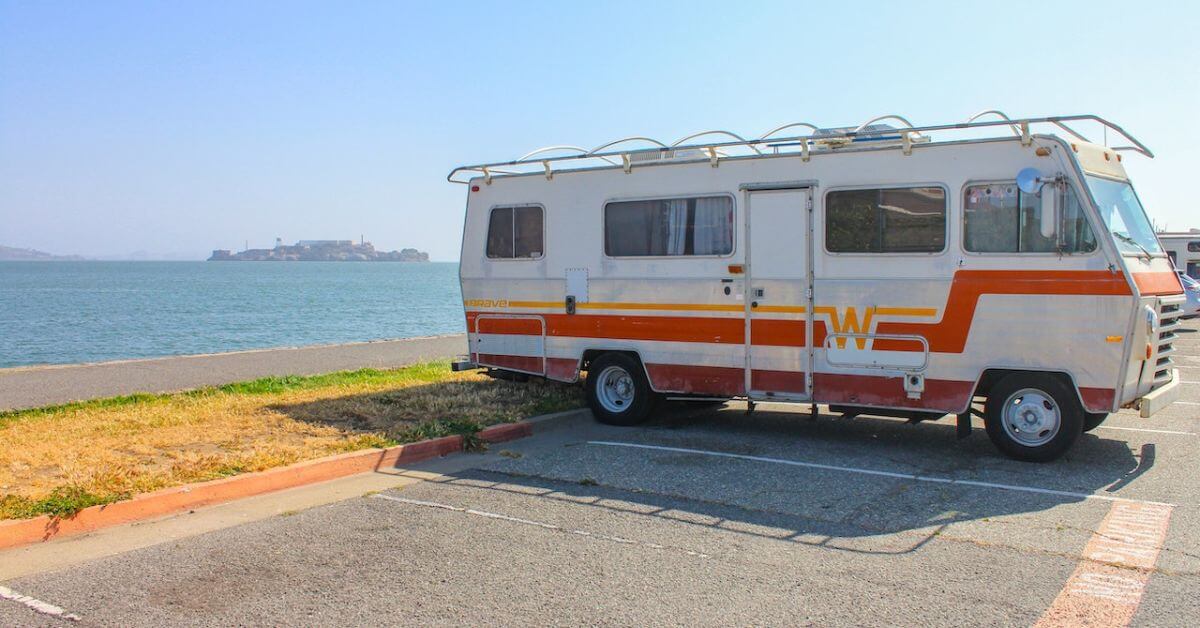As the seasons change and winter approaches, it’s crucial for RV owners to prepare their recreational vehicles for long-term storage. Neglecting this essential step can lead to costly damages and repairs in the spring. In this comprehensive guide, we will walk you through the process of winterizing your RV to ensure it remains in top condition during the colder months.
Why Winterize Your RV?
Before we delve into the specifics of winterizing your RV, let’s understand why it’s necessary. Freezing temperatures can wreak havoc on your RV’s plumbing, water systems, and overall structural integrity. By taking the time to winterize your RV properly, you can avoid costly repairs and prolong the lifespan of your vehicle.Tools and Materials
Gather Your Supplies
To get started, you’ll need the following tools and materials:- RV Antifreeze: This is a crucial component for preventing frozen pipes and water systems.
- Socket Wrench Set: You may need this for removing drain plugs.
- Water Pump Converter Kit: To facilitate the antifreeze circulation process.
- Wrenches and Screwdrivers: For disconnecting water lines and accessing various components.
- An Air Compressor: This is optional but can be useful for blowing out water lines.
- Sealant: To seal any potential entry points for rodents and insects.
 Steps to Winterize Your RV
Steps to Winterize Your RV
- Drain the Water Tanks: Begin by draining all water tanks, including the fresh water tank, gray water tank, and black water tank. Make sure to follow the manufacturer’s instructions for your specific RV model.
- Bypass the Water Heater: To prevent antifreeze from entering the water heater, bypass it by closing the water heater’s bypass valve.
- Empty the Water Lines: Open all faucets and valves in your RV to allow any remaining water to drain. Don’t forget the shower, toilet, and outdoor faucets.
- Add Antifreeze: Connect the water pump converter kit to your RV’s water pump. Then, insert the tube into a container of RV antifreeze. Turn on the pump and run antifreeze through all faucets until you see pink liquid coming out.
- Seal Entry Points: Inspect your RV for any gaps or openings that pests could use to enter. Seal these areas with appropriate sealant to keep your RV critter-free during storage.
- Tire Maintenance: To prevent flat spots and damage to your tires, inflate them to the recommended pressure. Consider using tire covers to protect them from the elements.
- Battery Care: If your RV has a battery, remove it and store it in a cool, dry place. Make sure it’s fully charged before storing it.
- Cover Your RV: Invest in a quality RV cover to shield your vehicle from the elements, including snow, rain, and UV rays. Properly covering your RV will extend its life and maintain its appearance.




